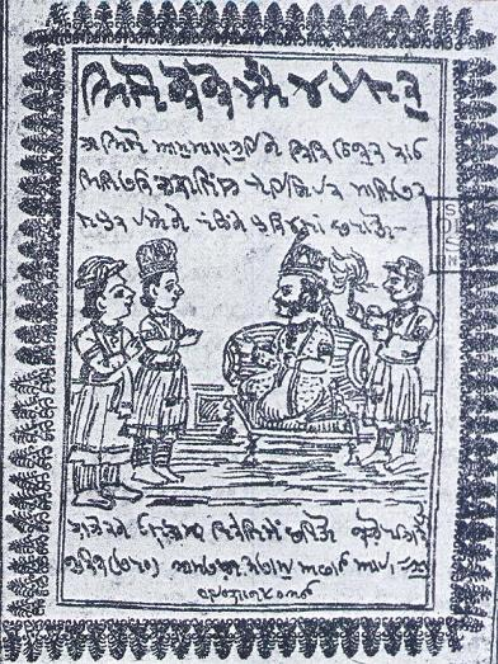Profile
Khudabadi (also pronounced Khudawadi or Khudavadi) may be the only script to take its name from its city of origin–Khudabad, a city in Dadu District, Sindh (now in Pakistan), which for a time in the mid-eighteenth century was capital of the Kalhora dynasty. It is also called Hatvaniki, from hat, meaning “shop,” and vaniki, meaning “merchants,” thus “script of traders and shopkeepers.”
A modern view of writing is that its purpose is to communicate information; likewise, one theory of the origin of writing holds that it was needed to keep accounts and record transactions. But writing was also used to keep information secret—indeed, a number of famous people (including Leonardo da Vinci, who invented his own shorthand and wrote backwards) invented their own scripts for just this purpose.
At first–that is, from its emergence in the seventeenth century—Khudabadi was used by Sindhis living in Khudabad to send written messages to relatives back in their hometowns. Due to its simplicity, the use of this script spread quickly, and Sindhi traders and merchants started keeping their accounts and other business documents in the new script to keep them secret from competitors, foreigners, and officials, especially overseas.
Though widely used in Sindh, Khudabadi was by no means the only writing system in the region. It’s a sign of the degree to which different communities developed or adopted different alphabets that Sindhi was written in at least eight different scripts.
This linguistic diversity was not at all to the linking of the British colonial administration that took over the region in the mid-nineteenth century. They found the Pandits writing Sindhi in Devanagari, government servants using the Perso-Arabic script and traders keeping their business records in Khudabadi, which was completely unknown to the British at the time.
The Court of Directors of the British East India Company directed that Sindhi should be written in Arabic script for government office use, on the grounds that Muslim names could not be written in Devanagari, that Muslims schools should teach in the Arabic script, and Hindi schools should teach in Khudabadi. It was also used for book printing and court records.
That was the script’s last hurrah, though. It was gradually usurped by Devanagari, becoming more and more exclusively a mercantile script.
After Partition, when Sindh became part of Pakistan and Urdu was declared to be the new official language, the use of Khudabadi declined even further.
A small colony of Sindhis migrated to Hyderabad in South India, though, and for now, at least, the script, always a traveler, lives on, far from its birthplace.
Updated August 2020

